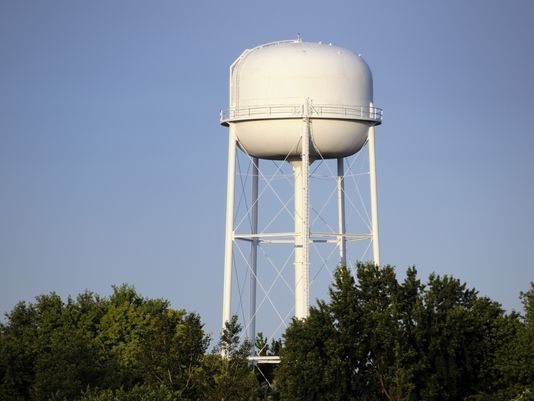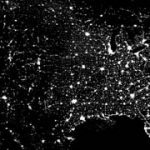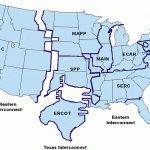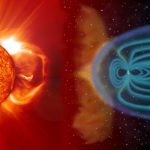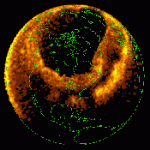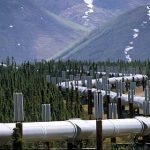We need water to survive, and usually cannot live more than 3 to 5 days without a fresh supply.
We get our water by pumping it from a ‘source’ and sending it under pressure throughout our municipal water pipe and water tower network.
Space weather affects the availability of fresh water because the electrical power grid that we rely on to run the motors and pumps is, itself, subject to failure during severe solar storm events.
Hrg. No. 31, 108th Congress, What is Space Weather and Who Should Forecast it? (October 30, 2003) –
“In many respects, the loss of power supply returns much of our society to a pre-industrial era, because the loss of power supply rapidly cascaded into many other infrastructures. For example, water and sewage plants and transportation systems generally shutdown across the affected regions, even some 911 emergency systems and communication systems were impacted…
Only a small portion of these infrastructure facilities have emergency on-site generation of sufficient capacity that allows them to continue operation in the face of a blackout event. Water treatment and pumping require enormous amounts of electric power and as result very few of these systems have redundant power supply options. Loss of pumping in time will lead to drop of city water pressure, as storage tanks and reservoirs cannot be recharged for residential distribution. In large high-rise buildings, city supply water pressure needs to be supplemented with electric pumps to lift water to upper floors for water distribution. Therefore within a matter of a few hours potable water distribution in many locations can become a serious concern.
” John Kappenman (Metatech Corp)
More From SolarStorms.org:
Submit your review | |

